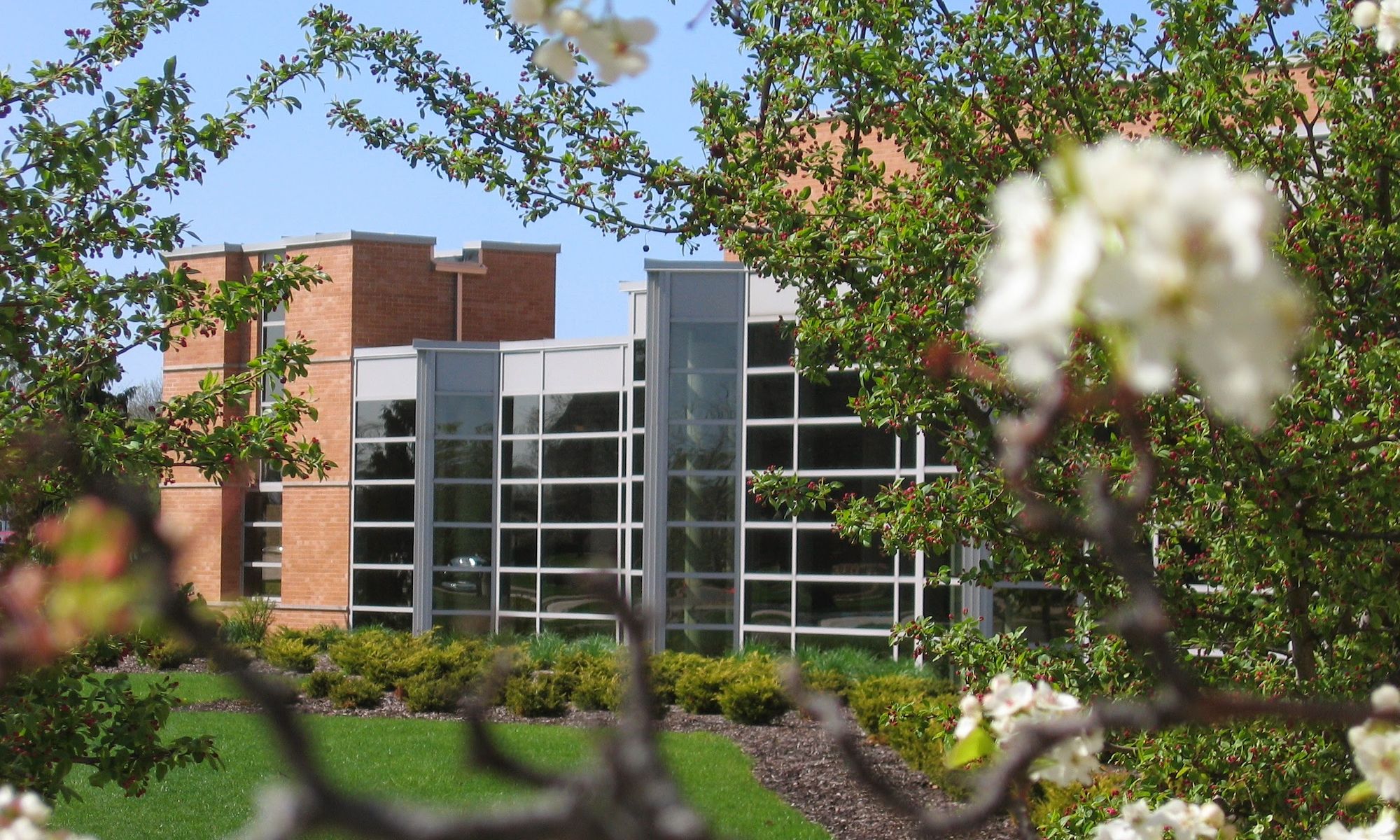The Valparaiso University Center for the Arts, which houses the Brauer Museum of Art. Photo by Runner1928, via Wikimedia Commons
The effort to stop the proposed sale of three major paintings from the Brauer Museum of Art at Valparaiso University in Indiana in order to raise up to $10m for improvements to freshman dormitories may itself have been stopped by a judicial ruling last month that dismissed the lawsuit challenging the university’s plans.
Porter County superior court judge Jeffery Thode ruled that the lawsuit aimed at halting the university’s planned sale of Georgia O’Keeffe’s Rust Red Hills (1930), Frederic E. Church’s Mountain Landscape (1865) and Childe Hassam’s The Silver Veil and the Golden Gate (1914) could not proceed, because the plaintiffs—Richard Brauer, the founding director of the Valparaiso University Art Museum, which was renamed the Brauer Museum of Art in his honour, and Philipp Brockington, a retired professor emeritus of law at the university and a benefactor of a fund specifically set up to endow the museum—lacked standing to bring the action since they were not directly connected to the trust that made the gift of these artworks to the museum back in 1953. (Brockington died, aged 83, on 5 November; a memorial to him is planned at the Brauer Museum on 2 December 2.)
The three artworks were relocated by the university to a “secure, off-site location” several weeks before Judge Thode’s ruling.
Childe Hassam, The Silver Veil and the Golden Gate, 1914, Brauer Museum of Art at Valparaiso University Via Wikimedia Commons
Patrick McEuen, the lawyer representing Brauer and Brockington, stated that the fight isn’t over but has moved from the lawsuit to the Indiana State Attorney General’s office, noting that Attorney General Todd Rokita is “the one person we know [who] can block a ‘breach of trust’”, which is how the lawsuit described the intended sale of artworks donated to the museum 70 years ago. The donor trust agreement made in 1953 between the collector, Percy H. Sloan, whose gift of American paintings formed the foundation of what was in 1996 renamed the Brauer Museum, and Valparaiso University stipulated that “the collection shall be open to the public generally during…reasonable hours…; it being the intention of the parties to make the benefits of this collection available to all persons”. That agreement required works from Sloan’s collection be on view in a dedicated gallery of the museum and made no provision for artworks being sold.
Estimates for the collective sale price for the works have been as high as $10m, and a statement from Jose D. Padilla, president of Valparaiso University, claimed that its plan “is consistent with the donor’s intent in that it will result in more students on campus and more students able to appreciate the art displayed at the university”.
Back in March, the lawyer representing the university, Randal J. Kaltenmark, wrote to Scott Barnhart, chief counsel and director of consumer protection in the state Attorney General’s office, that Valparaiso University is seeking to refurbish the freshman dormitories “as part of its efforts to address its declining student enrollment, which has decreased by one-third over the past five years from nearly 4,500 to approximately 3,000 students. This reduction has not only hurt the university financially, it has resulted in numerous loss of jobs and negatively impacted to the city of Valparaiso’s economy.”
Frederic E. Church, Mountain Landscape, around 1849, Brauer Museum of Art at Valparaiso University Via Wikimedia Commons
Kaltenmark noted that of the three paintings in question, only the piece by Hudson River School artist Church was part of the original 1953 gift, while the two others—“more abstract works from different periods of American art”—were purchased by the museum from income from the cash portion of the Sloan gift.
In the letter, he denigrated the Brauer Museum as “a museum in name only and not accredited by any museum association nor bound by any of their rules”.
Meanwhile, support for the university retaining the artworks has been growing on the campus and elsewhere, with more than 2,500 people signing an online petition calling for Padilla to “work with the Taskforce for the Protection of University Collections and others to find a creative alternative to the sale of these cultural treasures”. One of those signators, Sophie Duray, a senior vocal performance major at Valparaiso, called the university’s plans to sell the artworks a “low blow to the arts at this university” in an article in the campus newspaper, The Torch. “What are we living for? The arts. That is us, that is the humanities, that is where the proof is, that’s where the purpose of living is.”
The Indiana State Attorney General’s Office of Consumer Protection is expected to make a finding on whether the university’s plans to sell the three paintings represents a violation of the terms of the gift.

